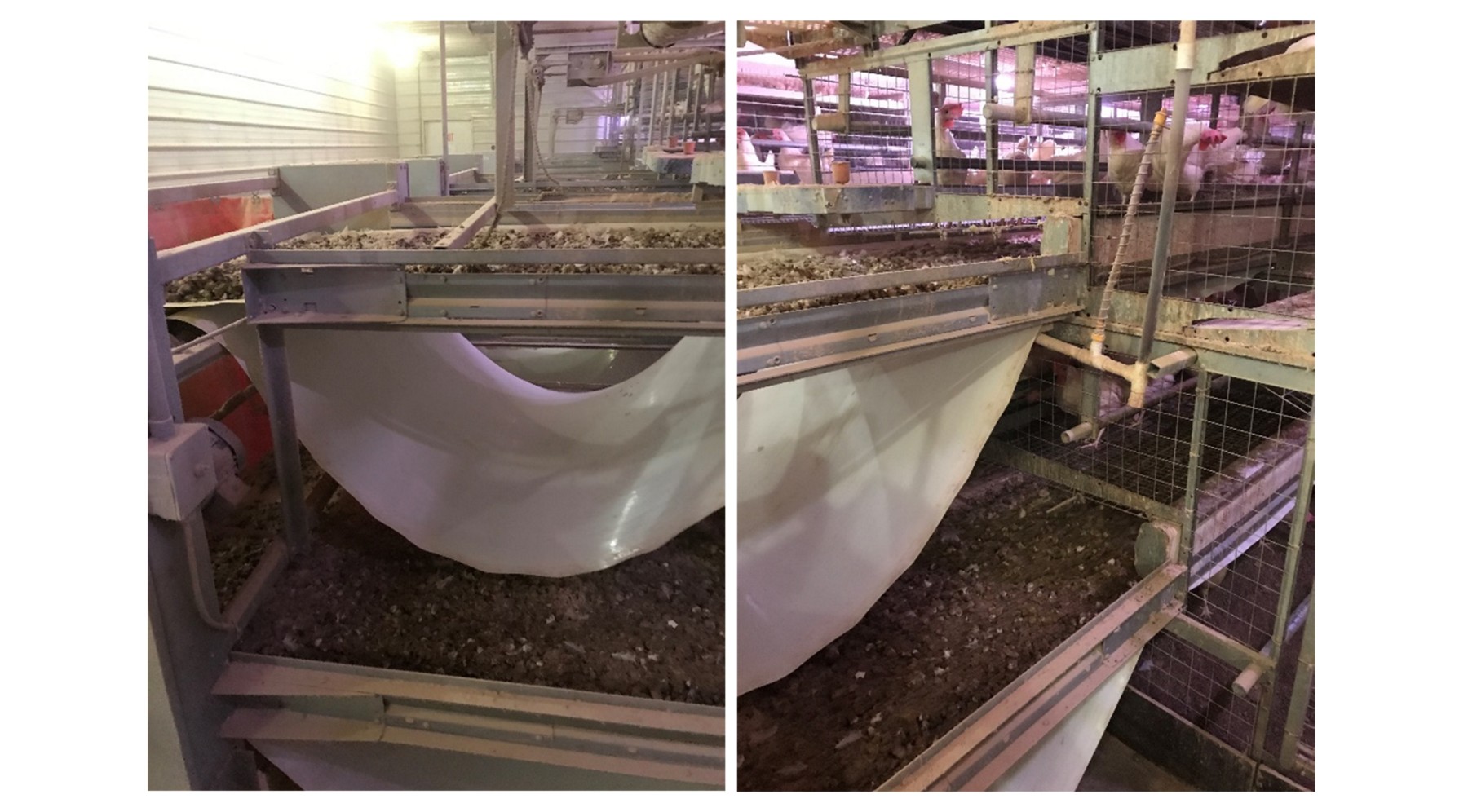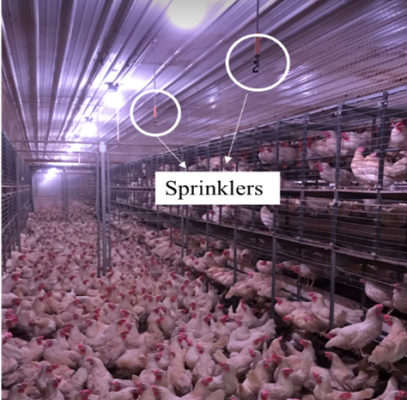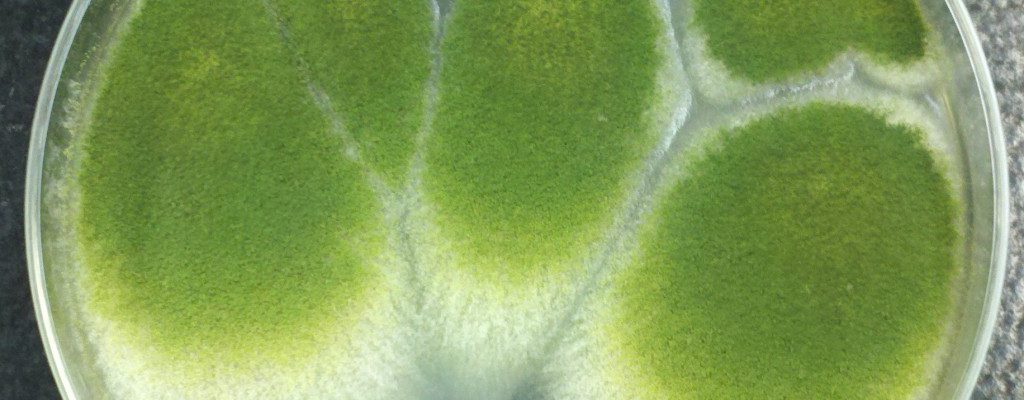Layer
-

Author: Dr. Lilong Chai, Assistant Professor & Poultry Engineering Specialist Importance of Layer Manure Drying A layer house with 100,000 hens produces 1,500 to 2,000 tons of manure every year. Fresh layer manure contains about 75% moisture that must be reduced prior to storage and land application. High moisture manure can lead to higher transport…
-

Dr. Lilong Chai, UGA Poultry Engineering Specialist Heat Stress in Laying Hens Heat stress is one of the primary concerns for laying hen production in the summer as heat waves may significantly increase flock mortality and reduce egg production in hen houses. The use of mechanical ventilation and cooling cells are popular cooling methods used…
-
Cage-free production and floor egg issues Poultry production (meat and eggs) provides cost efficient protein for human beings. Currently the U.S. is the world’s largest broiler producer (41 Billion lbs. in 2017) and the world’s 2nd largest egg producer (105 Billion table eggs in 2017). However, the U.S. egg industry is facing a number of…
-

PDF Version Cage-free henhouse and dust Concerns over animal welfare have led to pledges of sourcing only cage-free eggs by many U.S. food retailers and restaurants such as Walmart and McDonald’s by 2025 or 2030. According to the current number of pledges, it would take more than 70% of the current US layer inventory to…
-

PDF Version Mycotoxins are secondary metabolites produced by certain fungi. Secondary metabolites are compounds that are produced by an organism but are not required for normal metabolic activities like growth or reproduction. Antibiotics are also secondary metabolites produced by fungi, however, the classification of something as an antibiotic or a mycotoxin is based on whether…
-

PDF Version Now that your hens are laying, how will you handle your eggs? Whether the eggs will be hatched or eaten, they should be collected frequently. Eggs that are laid late in the day should be collected and not left for the next day. For optimal hatchability, hatching eggs should be collected at least…
-

PDF Version Modern laying hens have been genetically selected for a rapid laying cycle that makes each bird able to produce 260+ eggs per year, with over 72 million table eggs being eaten worldwide — making the laying hen one of the single most important providers of high-quality human nutrition. There is a certain “recipe”…
-

PDF Version How many times have you heard about biosecurity? Too many to count? Yet, how often are biosecurity practices implemented on your farm and to what extent is it a priority? Talk to anyone who has had a bad disease outbreak on their farm due to outside factors and the issue of biosecurity becomes…
-

PDF Version If you raise poultry as a hobby, or on a small-scale, it’s typically not feasible to mix your own feed. Larger-scale commercial operations maintain the ability to purchase bulk amounts of the individual ingredients, plus have the equipment to grind, mix, and pellet their feed. Buying an already formulated feed from a dealer…
